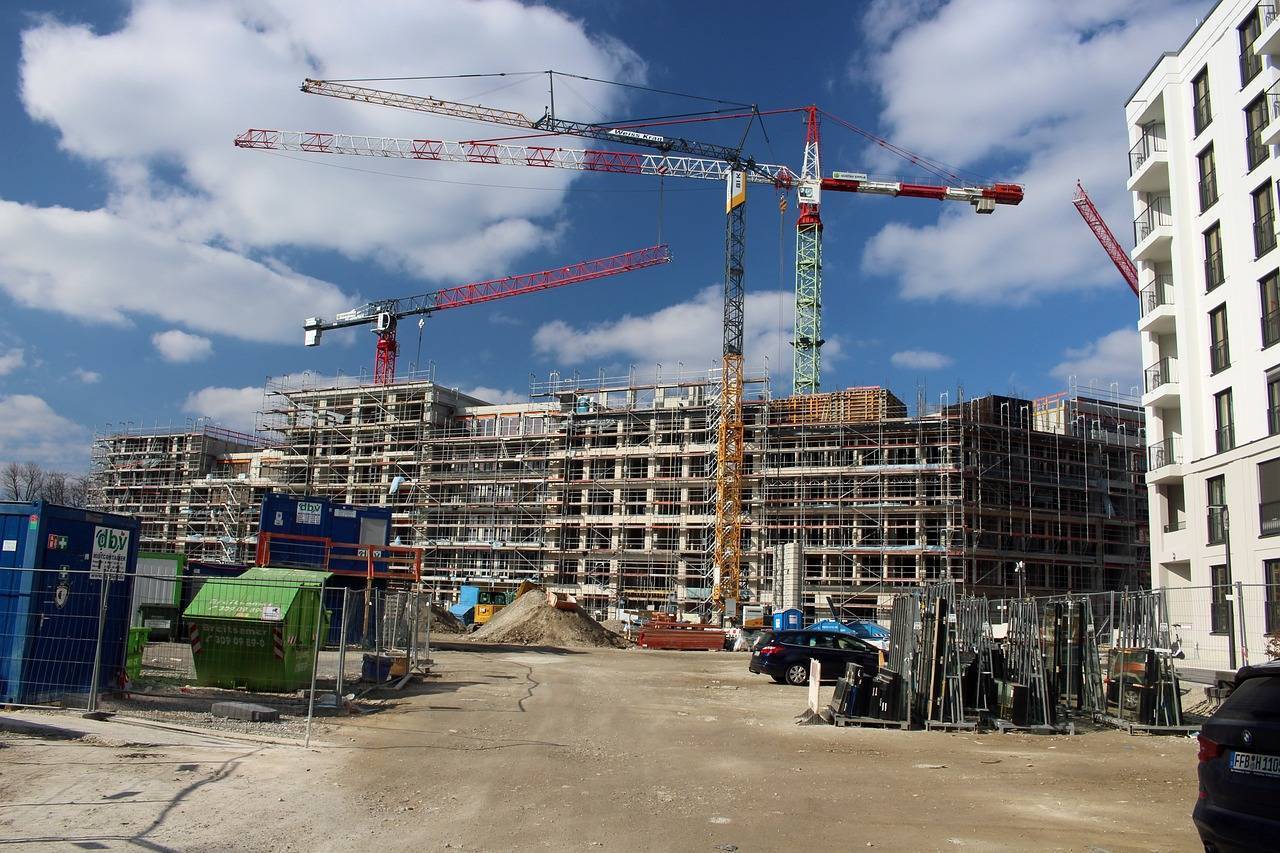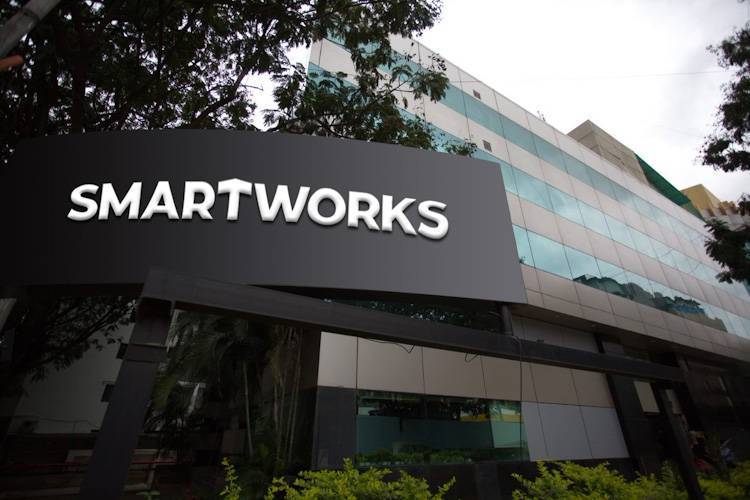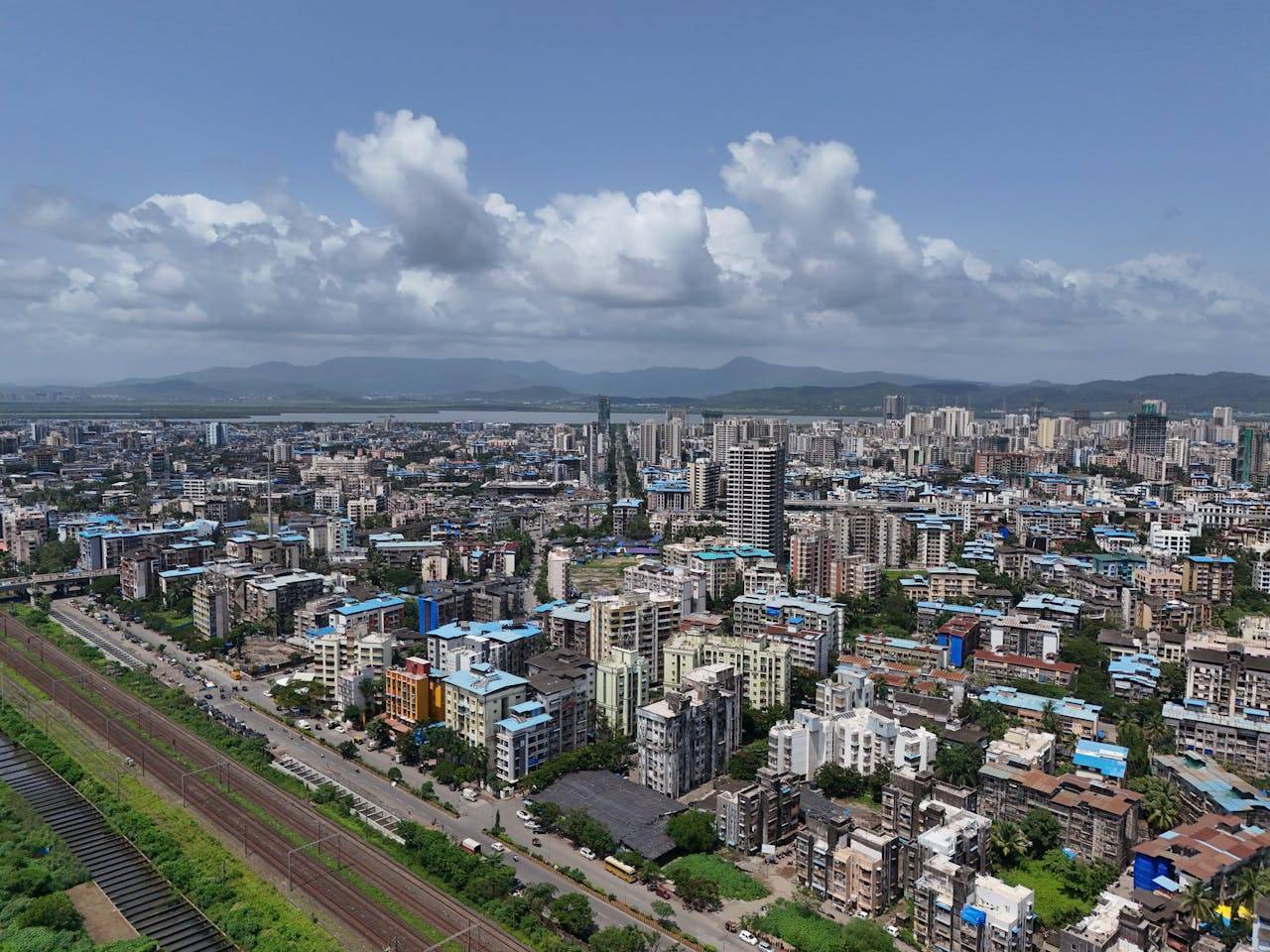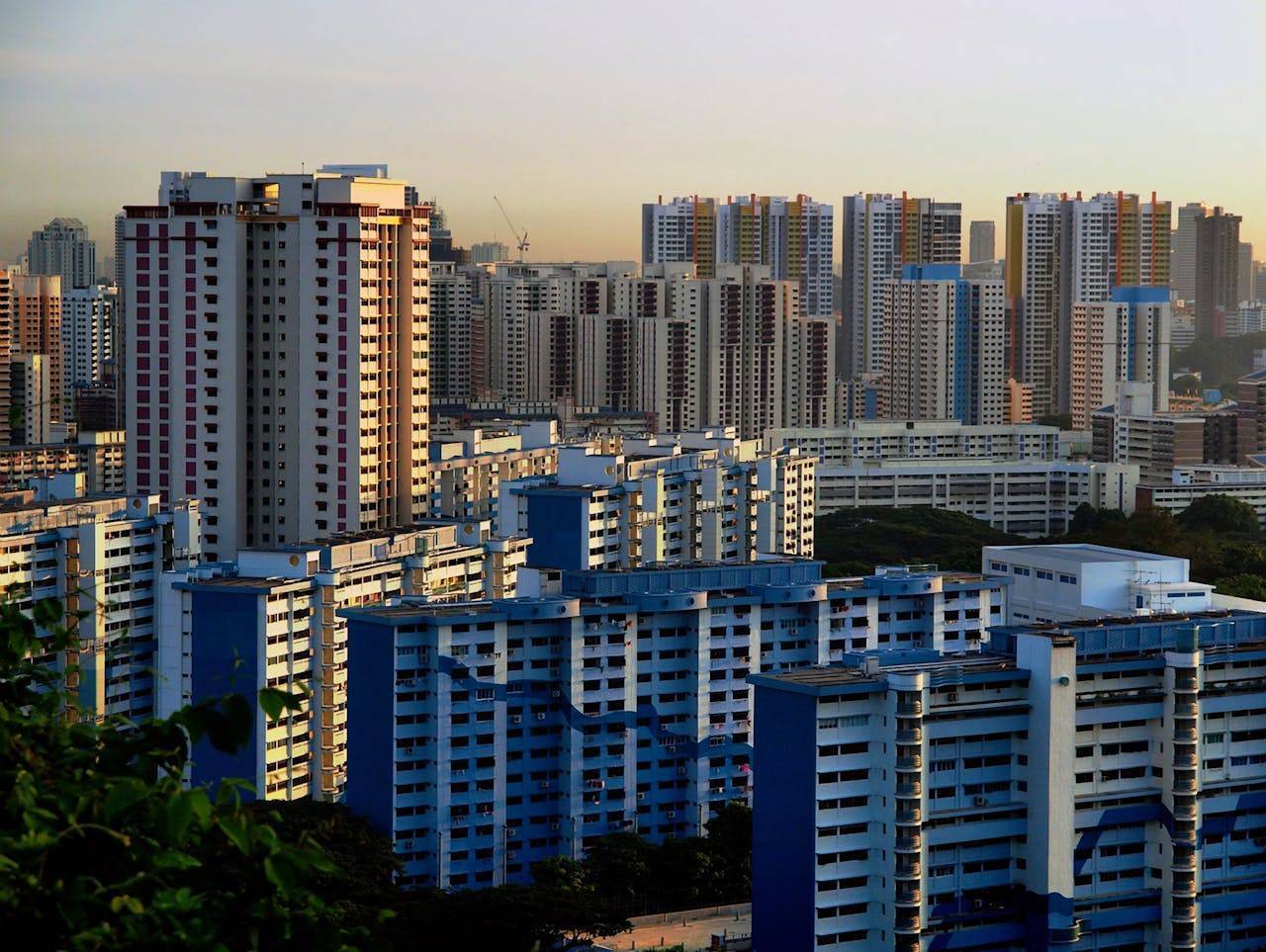The issue of stalled housing projects in India has become a significant concern, particularly in cities like Greater Noida, Thane, and Gurugram, as revealed by a recent analysis conducted by the data analytics firm PropEquity. The report highlights a troubling trend of nearly 2000 under-construction housing projects, totaling over 5 lakh units, that have come to a halt due to various challenges, including financial mismanagement by real estate developers and their inability to execute projects effectively.
Stalled Projects in Tier I Cities
In Tier I cities, Greater Noida leads with a staggering 74,645 stalled units across 167 projects, reflecting the highest proportion of stalled units at 17%. This significant backlog highlights broader issues in the real estate sector, including financial instability and project mismanagement. Thane follows with 57,520 stalled units across 186 projects, representing 13% of the total and indicating considerable delays and challenges in financial management and project execution. Gurugram has 52,509 stalled units across 158 projects, accounting for about 12% of its total, pointing to substantial delays impacting its real estate market.
Mumbai, with 37,883 stalled units and the highest number of stalled projects at 234, faces significant challenges, affecting many homebuyers. Bengaluru, struggling with 39,908 stalled units across 225 projects, reflects ongoing issues in project execution and financial management. Pune, though in a relatively better position, still has 24,129 stalled units across 172 projects, representing a notable portion of its housing market. Kolkata, with 24,174 stalled units across 82 projects, contributes to delays in the real estate sector, while Chennai, facing delays with 21,867 stalled units across 92 projects, impacts its housing market. Hyderabad, with the fewest stalled units among major cities at 6,169 across 25 projects, still experiences delays that affect its real estate landscape.
The data paints a grim picture of the state of the housing sector, where a combination of financial mismanagement, lack of developer execution capabilities, and diversion of funds for other purposes have led to a significant increase in stalled projects. The numbers are particularly alarming when compared to 2018, where the number of stalled units was 4.65 lakh. The increase to 5.08 lakh units represents a 9% rise, indicating that the issue is only worsening.
Stalled Projects in Tier II Cities
The problem is not limited to Tier 1 cities alone. In Tier II cities, Bhiwadi tops the list with 13,393 stalled units across 33 projects, representing 18% of the total stalled units in these cities. Lucknow follows with 13,024 units in 48 projects, and Jaipur with 9,862 units in 37 projects. These figures highlight that smaller cities are also grappling with significant delays, further exacerbating the housing crisis in India.
Causes of Stalled Projects
According to Samir Jasuja, Founder and CEO of PropEquity, the primary reasons for the rise in stalled projects include the lack of execution capabilities among developers, cash flow mismanagement, and the diversion of funds meant for project completion to other areas such as acquiring new land banks or paying off existing loans. These issues have severely impacted the ability of developers to deliver on their promises, leading to a growing number of unfinished housing units.
The financial instability of developers has also led to an increase in real estate disputes, further complicating the situation for homebuyers. The legal battles over stalled projects are piling up in various courts, leaving many homebuyers in limbo as they wait for their dream homes to be completed.
Government Intervention and the SWAMIH Fund
To address the growing issue of stalled projects, the Government of India launched the Special Window for Affordable and Mid-Income Housing (SWAMIH) Fund in November 2019. This fund was designed to provide last-mile funding to complete stalled housing projects that were in advanced stages of construction. As of now, the SWAMIH Fund has raised ₹15,530 crores to complete these projects. However, despite these efforts, progress has been slow, with only approximately 32,000 units completed in the last five years. The Fund has set a target to deliver 20,000 homes annually over the next three years, but this goal may be challenging to achieve given the current pace of construction.
The Need for Due Diligence
Given the increasing number of stalled projects, homebuyers are now more than ever required to exercise due diligence before investing in a property. It has become essential for them to evaluate the financial health and execution capabilities of developers. The need for independent third-party audits has also been emphasized, which would allow homebuyers to make informed decisions regarding their investments. These audits could provide a clearer picture of a developer's ability to complete a project on time, thereby reducing the risk of investing in a project that could potentially be stalled.
Conclusion
The stalling of housing projects across India is a significant issue that is affecting both Tier 1 and Tier 2 cities. The reasons for these delays are primarily related to the financial and operational inefficiencies of developers, which have been compounded by the economic challenges faced by the real estate sector. While government initiatives like the SWAMIH Fund have been introduced to address the problem, the impact has been limited so far. As the number of stalled projects continues to rise, the onus is on homebuyers to conduct thorough due diligence before making any investments, ensuring that they do not fall victim to the growing number of incomplete housing projects in the country.









.png)